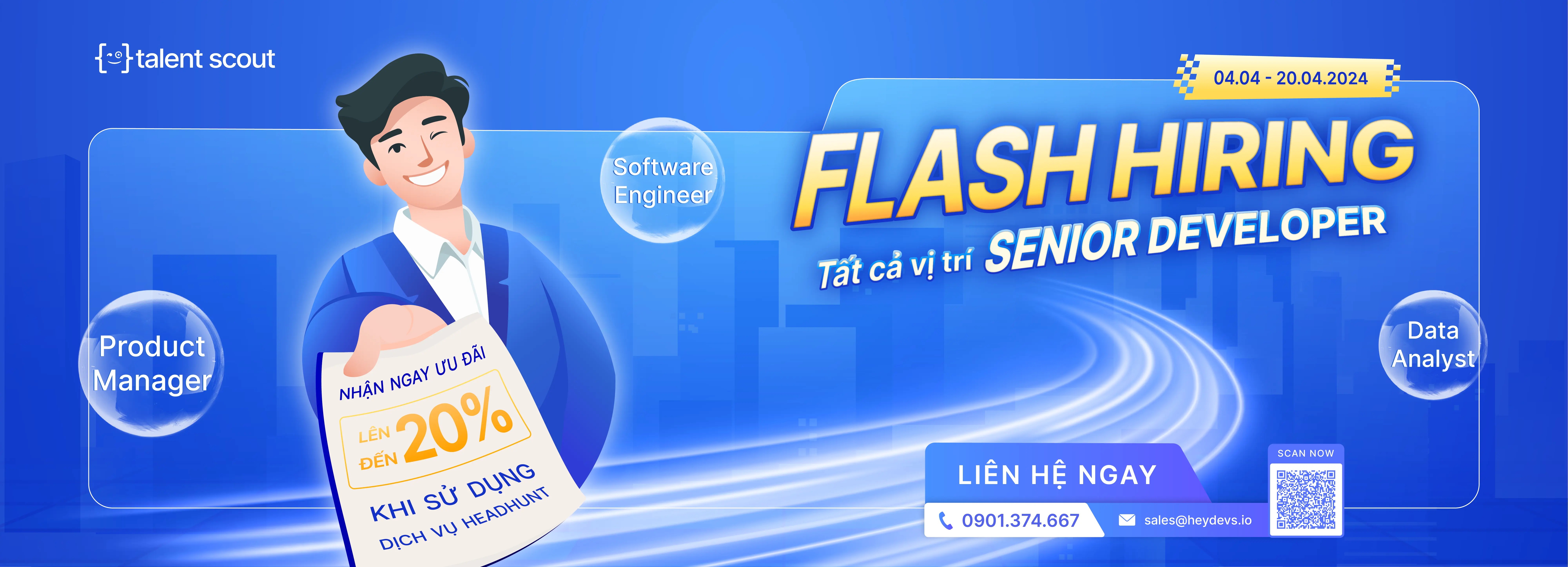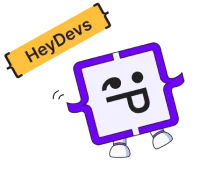
Empowering Your Application: The Art of Choosing a Database System
Choosing the right database system is paramount for the success of your application. It impacts data integrity, performance, scalability, security, and cost-effectiveness.
Choosing the right database system is a critical decision in the data architecture process. The impact of this choice resonates throughout your application's performance, scalability, and flexibility. To help you make an informed decision, we present a step-by-step approach that covers all the important considerations.
Understand Application Requirements
To begin, gain a thorough understanding of your application's requirements. Consider the type of data it will handle, how data will be structured and queried, and the expected read and write patterns. Factors like data volume, velocity, and variety should be taken into account.
Data Modeling:
Based on the application requirements, create a solid data model. This step involves defining entities, relationships, and organizing data. It will help determine whether a relational (SQL) or non-relational (NoSQL) database is the better fit.
Relational (SQL) Databases:
When your application requires a well-defined schema, complex queries and transactions, ACID compliance for data integrity, and strong consistency, consider SQL databases like PostgreSQL, MySQL, or Oracle.
Non-relational (NoSQL) Databases:
If your application deals with unstructured or semi-structured data, requires high scalability and eventual consistency, has evolving schema needs, or needs to handle large volumes of data with high throughput, NoSQL databases like MongoDB, Cassandra, or Redis may be more suitable.
Vendor vs. Open Source:
Decide whether to opt for a commercial database from a vendor or an open-source database. Consider factors such as budget constraints, support and maintenance requirements, ecosystem and community support, and licensing terms.
Scalability:
Evaluate how well your chosen database system can scale as your application grows. Look for features like sharding, replication, and clustering to ensure the database can handle increased workload.
Performance:
Benchmark and test the performance of potential database systems using representative workloads. Factors to consider include read and write speed, query performance, and latency.
Security and Compliance:
Assess the security features of the database, including authentication, authorization, encryption, and auditing. Ensure that the database can meet any regulatory compliance requirements if applicable.
Data Backup and Recovery:
Evaluate how the database handles data backup, disaster recovery, and high availability. Robust data loss prevention and backup strategies are essential.
Community and Ecosystem:
Assess the availability of tools, libraries, and community support for your chosen database system. A strong ecosystem can greatly facilitate development and maintenance processes.
Future Growth:
Consider the long-term needs of your application. Will it evolve in ways that may require a different database system or additional data stores? Plan for future migrations or expansions.
Documentation and Training:
Ensure that your team has access to adequate documentation and training resources for the chosen database system. Skilled personnel are crucial for successful database management.
Risk Assessment:
Consider potential risks associated with the chosen database system, such as vendor lock-in, technology obsolescence, or limited community support.
Prototyping and Testing:
If possible, create prototypes or conduct small-scale tests with the database systems under consideration to validate their suitability for your application.
Final Decision:
After careful evaluation, make a final decision based on your application's specific needs, budget constraints, and long-term goals.
Conclusion
Choosing the right database system is paramount for the success of your application. It impacts data integrity, performance, scalability, security, and cost-effectiveness. By following a comprehensive approach that takes into account all the essential considerations, you can make an informed decision that will set your application up for success. Remember to regularly review and reassess your database choice as your application and data needs evolve over time, ensuring that it continues to meet your requirements and goals.
About HeyDevs
HeyDevs is a revolutionary new platform that empowers developers to take control of their careers, connect with other developers and find job opportunities that align with their goals and interests, without ever needing to apply for a single job! With HeyDevs, companies compete for you, not the other way around.
For developers, HeyDevs offers invaluable resources including our specialized swipe-to-work function, anonymous profile, CV builder, and customizable search criteria, with the ability to connect and chat with prospective employers completely on-site. For businesses, HeyDevs offers tools to maximize the recruitment process, saving time and money, with a talent pipeline that streamlines a majority of the hiring process directly on the platform, eliminating the need for recruiters or headhunters so the hiring process can be handled with HeyDevs as the only medium between employer and candidate, all powered by smart matching to ensure the most relevant matches are provided first. HeyDevs is a truly unbiased hiring platform, delivering a diverse pool of talent that hides information such as avatar, age, and gender, focusing solely on experience and skill, and paving the way for a more inclusive workplace.





